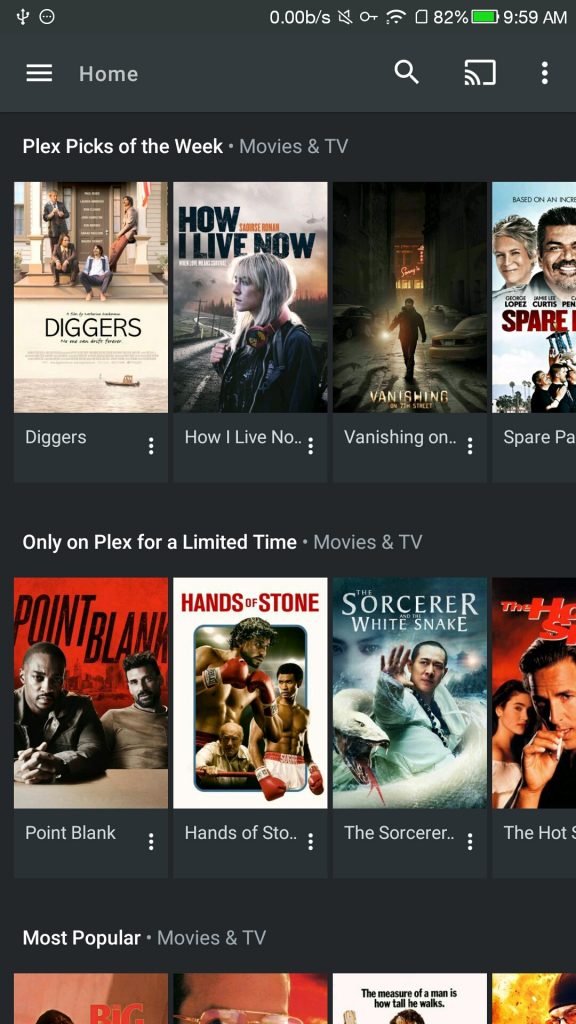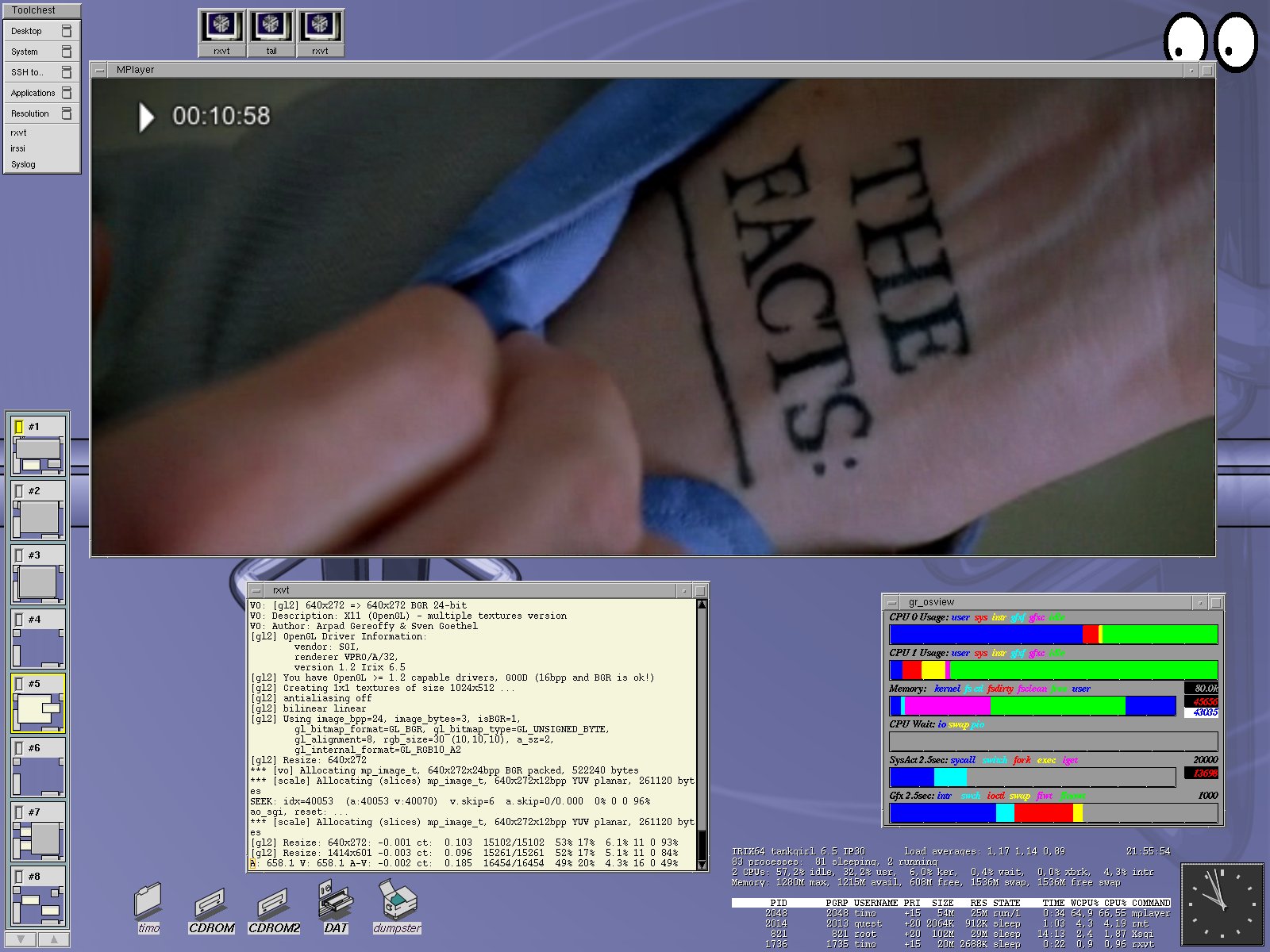
What options should I use to get the best results? 7.4.2. PCM/ADPCM format supplementary table 7.3.3. Encoding with the libavcodecĪudio codecs 7.3.2.1.
#Mplayer dvr how to
How to tell what type of video you have 7.2.2.1. How to deal with telecine and interlacing within NTSC DVDs 7.2.1. Limitations of the AVI container 7.1.12.3. Improving muxing and A/V sync reliability 7.1.12.2. Notes on Audio/Video synchronization 7.1.10. Constraints for efficient encoding 7.1.4. Preparing to encode: Identifying source material and framerate 7.1.1.1. Extracting DVD subtitles to VOBsub file 6.10. Encoding from multiple input image files (JPEG, PNG, TGA, etc.) 6.9. Selecting codecs and container formats 6.2. Playing stereo files to four speakers 3.9.3.

Synchronized playback over a network 3.9.
#Mplayer dvr install
(note: you'll need to install the VDR Software Decoder Plugin if you want to use VDR for watching with a software decoding card).How to read this documentation 1.
#Mplayer dvr tv
the TV Related Software page, a commented software list, and.and then watch the MPEG-2 stream (even possible on a different computer) with programs like Xine, MPlayer etc.įor some further inspiration on what's possible with more advanced software usage see: you could use the streaming facilities of dvbstream, Mumudvb, dvblast, etc.alternatively, for "Media Center" type applications, the usual first suspects are Freevo, MythTV, and VDR, but there are others as well.for light TV watching with a DVB device under Linux, MPlayer, Xine, Kaffeine, Klear and a few others are often selected.Suffice it to say that you will have some choice. It is not the intention of this page to provide a detailed description of the use of DVB hardware with more complex Linux viewing software applications. Next steps - More feature rich viewing software This might not be what you wanna do every day (unless you only watch BBC1 or you can easily memorise all your channels with their two PIDs) - but it's very fast and easy to do these steps for testing purposes. smaller than 1 MB after a minute of recording, then you can't receive this TV channel - maybe the reception is bad (too weak antenna signal) - or maybe your card's frequency is not tuned for the right sender? Watch out, some PIDs come up a few times (but for different frequencies). etc ) provided you have the correct decoders installed on your system (which, in general regards to DVB transmissions, are usually going to be MPEG-2, but can now also be MPEG-4). You should then be able to open/playback the recorded file with any of your favourite media players (like Mplayer, (g)xine, noatune, etc. Wait a few seconds and then press Ctrl+C to stop. Method 2: Alternatively, instead of using a combination of *zap and dvbstream, you can use dvbstream alone provided you pass which frequency to tune and list the correct PIDs. So this is why it's important that you have your personal nf file with all the PIDs so you can look them up. The values "600 and 601" are, respectively, the video and audio PIDs for the channel BBC ONE, as derived from the nf file. Method 1: First tune into a channel, as described above in the zapping step, and then next have dvbstream save a particular stream to file. zap and test_dvr to save an entire transport stream to diskĭvbstream is a useful program that, amongst other things, can save a DVB stream to disk. (dvb)scan / path_to_the_initial_scan_file > ~/. Once familiar with the content of that article, you will recognize that this step can be summarized (in general form) by:

Refer to the (dvb)scan article for details of how to perform this step. The dvb-apps package contains several useful tools.

See the LinuxTV dvb-apps article for details on how to obtain the package. Unfortunally, dvbsnoop misses support for newer descriptors. Hint: use another tool to tune and dvbsnoop in parallel to read data. Outdated, but still the most powerful tool for reading and parsing DVB tables. Useful for debugging, but inappropriate for newer delivery systems. For specific information on usage, have a look at its specific wiki article. The following table lists the main features of the different command line DTV testing utilities. 5 Next steps - More feature rich viewing software.1 Comparison of DTV testing applications.


 0 kommentar(er)
0 kommentar(er)
